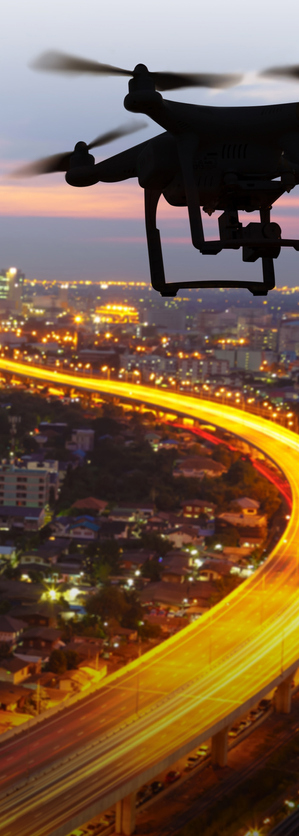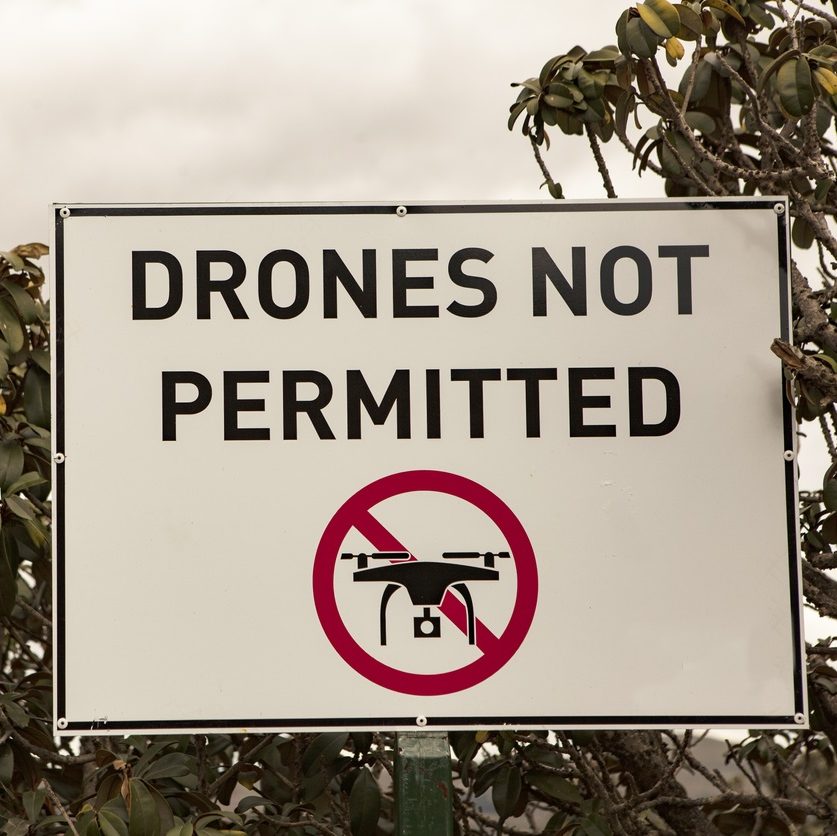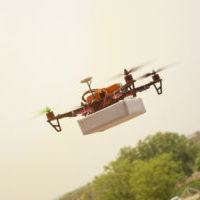
Florida Law Catches Up to Stalking Drones
By James Michael Shaw , Jr., Ryan Hilton | Blog Posts
October 7, 2022
Partner | Extra-Contractual, Construction, Casualty Defense Litigation, Trucking, Third-Party Coverage, Aviation
813-594-5682
rhilton@butler.legal
Overview | Blog Posts | Aviation | Ryan Hilton | Related | Print | Share
The Federal Aviation Administration (“FAA”) has finalized a new rule that requires remote identification (remote ID) for drones,1 colloquially known as a digital license plate.2 This rule is a new Part 89 in Title 14 of the Code of Federal Aviation Regulations (FAR) that becomes effective on March 16, 2021, which is 60 days after the publication date in the Federal Register. Basically, this new rule applies to all drones weighing more than 0.55 pounds, so it includes recreational and commercial drones. Manufacturers will have 18 months—until September 16, 2022—to begin producing drones with remote ID, and operators will have until September 16, 2023, to start using drones with remote ID in the United States.
Remote ID is the capability of a drone in flight to provide certain identification, location, and performance information that people on the ground and other airspace users can receive. According to the FAA, the remote ID of drones is necessary to ensure public safety and the safety and efficiency of the airspace of the United States. Remote ID provides airspace awareness to the FAA, national security agencies, law enforcement entities, and other government officials. The FAA says that remote ID will become increasingly important as the number of drone operations increase in all classes of airspace in the United States.
Compliance with this new rule can be accomplished in one of three ways:
The takeaway from this new rule is that recreational and commercial drone users do not have to worry about equipping their drones with remote ID until September 16, 2023. By that date, drone users will have to either upgrade their drones with a remote ID broadcast module or buy a new Standard Remote ID Drone. Of course, drone users who do not elect either of these two options will be relegated to flying their drones only within FRIAs. When the time comes, the FAA will publish a list of recognized FRIAs on its website at https://www.faa.gov. Notably, recreational drones weighing less than 0.55 pounds (250 grams) are not impacted by this new rule.
For any further questions, please contact Ryan Hilton.
1 Drones are also known as unmanned aircraft systems (UAS).
2 See the new rule at https://www.faa.gov/news/media/attachments/RemoteID_Final_Rule.pdf

By James Michael Shaw , Jr., Ryan Hilton | Blog Posts
October 7, 2022



